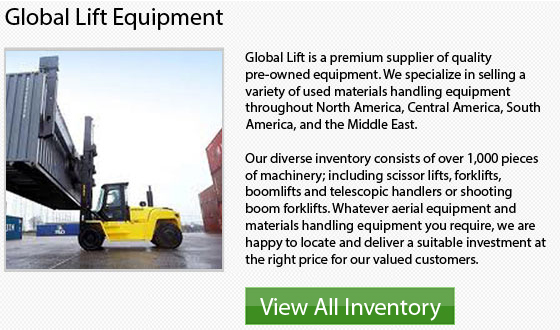
The lift truck's turning radius is also referred to as the turning circle, that is vital information for the operator to have. It gives the driver the knowledge of how much space is required to turn the forklift around. Like for instance, a tighter turning radius enables the equipment to successfully work in tight places and congested areas, therefore improving the maneuverability of the forklift. Drivers who are not aware of this measurement may cause damage to the property or to the equipment.
Make the necessary steering geometry alignment corrections before checking the turning radius. The test should begin with an operator trainer helping in the cab where they could assist to control the equipment's functions. Another person on the ground uses a hose or a spray bottle to wet the outside and inside of the unit's wheels. Next, drive the machine in a whole circle with the wheels turned to the maximum angle. Repeat the process once and if necessary, continue to wet the wheels.
Measure the watermarks left by the tires with a tape measure once your measurement test has been done. The watermark test starts from the midpoint of the tire mark to a similar point across the circle's diameter. For the outside turning diameter, measure the watermark left by the outside tires from the circle's one side to the circle's opposite side. You can establish the inside turning radius by stretching the tape measure across the circle left by the interior tires. After that, divide these numbers in 2 in order to determine the turning radius. Be sure to note that the turning center is the midpoint of the diameter of the circle.
To be able to determine the wall-to-wall turning diameter, drop a plumb line from the extreme outside radial extension on the machinery. After this is accomplished, the next step is to find the point on the pavement directly below. This point to the turning center indicates the clearance radius of the vehicle. As a rule, wall-to-wall turning diameter is twice the clearance radius of the vehicle.